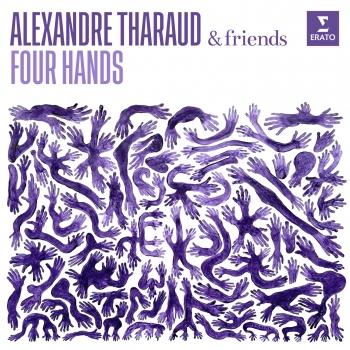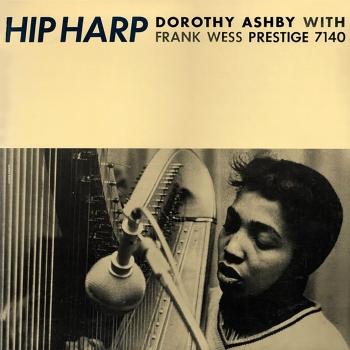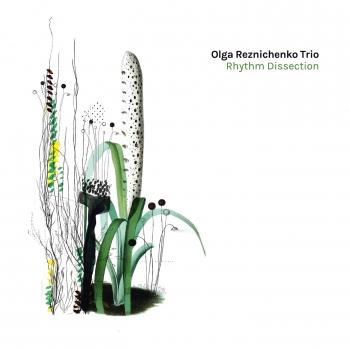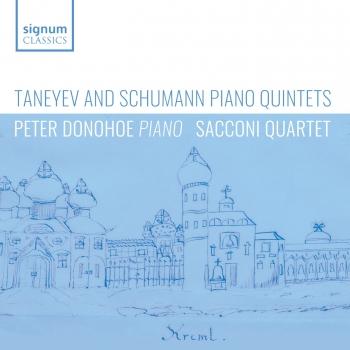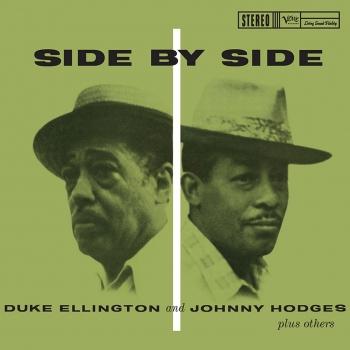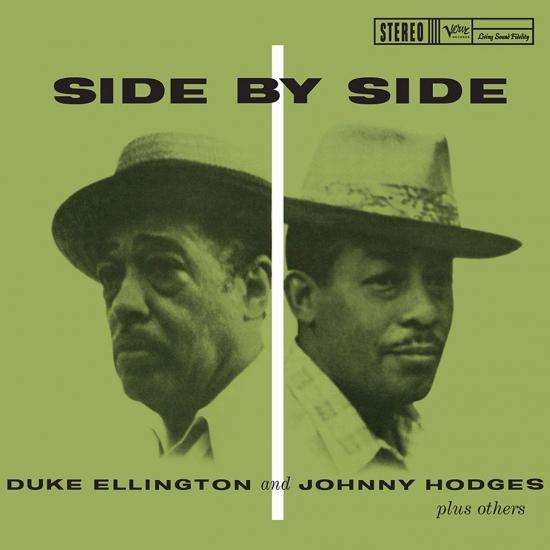
Side By Side (Remastered) Duke Ellington & Johnny Hodges
Album Info
Album Veröffentlichung:
1959
HRA-Veröffentlichung:
28.03.2018
Label: Verve Reissues
Genre: Jazz
Subgenre: Contemporary Jazz
Interpret: Duke Ellington & Johnny Hodges
Das Album enthält Albumcover
Entschuldigen Sie bitte!
Sehr geehrter HIGHRESAUDIO Besucher,
leider kann das Album zurzeit aufgrund von Länder- und Lizenzbeschränkungen nicht gekauft werden oder uns liegt der offizielle Veröffentlichungstermin für Ihr Land noch nicht vor. Wir aktualisieren unsere Veröffentlichungstermine ein- bis zweimal die Woche. Bitte schauen Sie ab und zu mal wieder rein.
Wir empfehlen Ihnen das Album auf Ihre Merkliste zu setzen.
Wir bedanken uns für Ihr Verständnis und Ihre Geduld.
Ihr, HIGHRESAUDIO
- 1Stompy Jones06:37
- 2Squeeze Me04:35
- 3Big Shoe05:33
- 4Going Up04:50
- 5Just A Memory05:52
- 6Let's Fall In Love06:46
- 7Ruint02:32
- 8Bend One02:58
- 9You Need To Rock05:51
Info zu Side By Side (Remastered)
Die großartigste, swingendste Rhythmusgruppe aller Zeiten! Tolle Bläser!
Dieser Ton des Altsaxophons zwischen Wehmut und Aggressivität, wie ihn nur Einer blasen kann! So könnten einige der Superlative lauten, wenn diese, Ende der fünfziger Jahre aufgenommenen, neun Titel ins Ohr gehen.
Das Konzept, die Ellington-Band für Jamsession-artige Titel zu verkleinern und damit noch mehr Platz für Soli zu bieten, geht voll auf. Es sind ja auch Koryphäen erster Ordnung, diese Bläser. Ob Roy Eldridge, der vom Swing bis Be-Bop den Übergang zum modernen Trompetenstil prägte, ob Harry Edison, der seinen leichten, luftigen Basie-Swing nicht verleugnen kann, oder Ben Webster, der beide Swing-Pole in sich vereint: Den Count und den Duke. Und dann ist da noch Johnny Hodges – genannt: the „Rabbit“ –, dessen natürliches Rhythmusgefühl und weicher Ton in diesem Konzept bestens zum Ausdruck kommen.
Squeeze Me und Stompy Jones sind Titel aus dem Repertoire der 40iger Jahre, oft gespielt und meisterhaft neu gestaltet bei dieser Session. Der Standard Let’s Fall In Love führt vor, welch eigenständigen Ton Lawrence Brown auf der Posaune gefunden hat und stellt anschließend Roy Eldridge und Johnny Hodges ins Rampenlicht, wobei beide im Zenit stehend ihr Können beweisen. Ruint und Going Up sind Features für Johnny Hodges und bei Just A Memory steht der sanfte, manchmal etwas sentimentale Ton von Ben Webster im Mittelpunkt.
Ebenfalls herausragend ist die Aufnahmequalität dieser Einspielungen, die Neuauflage pünktlich zum 50. Geburtstag der beiden Sessions bietet eine willkommene Gelegenheit, auch den Verve-Toningenieuren ihren Tribut zu zollen.
"Diese Musik atmet wirklich, und sie ist voller Dramatik trotz ihrer Entspanntheit. Hier umgab sich Ellington mit anderen Musikern, um mal außerhalb der Big Band und ihren komplizierten Arrangements der reinen Lust zum Spielen freien Lauf zu lassen. Lockere Jam-Session-Atmosphäre mit brillanten Solisten." (K. Lippegaus in stereo 9 / 86)
Duke Ellington, Piano
Johnny Hodges, Alto Saxophone
Ben Webster, Tenor Saxophone
Roy Eldridge, Trumpet
Harry "Sweets" Edison, Trumpet
Lawrence Brown, Trombone
Les Spann, Flute & Guitar
Billy Strayhorn, Piano
Al Hall, Bass
Wendell Marshall, Bass
Jo Jones, Drums
Original sessions produced by Norman Granz.
Tacks 1, 2, and 4 recorded February 20, 1959, Columbia Studios, New York City.
Tracks 3 and 5-9 recorded August 14, 1958 at Nola Studios, New York City.
 Johnny Hodges - Alto Saxophone
Johnny Hodges - Alto Saxophone
In one sense or another, Johnny Hodges was always on his own — even on the Ellington bandstand, where he began and became best known. He joined Ellington early in life, at twenty in 1928, and he died a member of the Duke Ellington Orchestra, suffering a heart attack in a dentist’s chair shortly after recording part of his lifelong boss’s New Orleans Suite in 1970. As a result, his sound, or his two principal sounds — the lusty warmth of his ballad readings and the offhand lilt of his uptempo improvisations — are inevitably associated with Ellington. Yet Hodges’s voice came entirely from within; as Ellington put it, he "is a consummate original." Indeed, Hodges is now widely acknowledged as one of the most individualistic interpretive voices in all jazz.
As a solo artist away from Ellington, Hodges had three mini-careers during his tenure with Norman Granz and the labels he launched: independent bandleader, after he resigned from the Ellington organization, 1951–55; soloist, mostly leading ensembles of Ellington orchestra members after he reunited with Duke, from 1956–61; and would-be jazz-pop star, working with the hit-oriented producer Creed Taylor, 1961–70.
Duke Ellington - Pianist
The child of loving and relatively well-to-do African-American parents, Edward Kennedy "Duke" Ellington was born on April 29, 1899, in Washington, D.C. — not only the capital of the United States but, at that time, home to the largest and best-educated black population in the country. As he became a teenaged bandleader, he learned to appreciate the unique aspects of every musician in his group, and he was later able to reconcile these differences and utilize them in an innovative and completely democratic way. He inspired confidence in his musicians. After building a successful dance band business in Washington, he moved to New York City in 1923.
The Duke cultivated exotic sounds in his orchestra: an emphasis on contrast between the low- and high-pitched instruments, a prominent use of minor keys and blues tonalities, a style he called jungle music, and unusual effects drawn out or encouraged from his instrumentalists and vocalists.
By the late 1920s, Ellington’s musicians had all developed into distinctive soloists. Among the great players who worked with Ellington over the years were saxophonists Johnny Hodges, Harry Carney, and Ben Webster; clarinetists Barney Bigard and Jimmy Hamilton; trumpeters Bubber Miley, Cootie Williams, Rex Stewart, and Ray Nance; trombonists Joe "Tricky Sam" Nanton and Lawrence Brown; bassist Jimmy Blanton; and drummer Sam Woodyard. That array of talent remains awe-inspiring and will continue to influence future generations of jazz musicians. The maestro also easily participated with, and challenged, such younger innovators of the 1960s as bassist Charles Mingus and saxophonist John Coltrane.
Perhaps more consequential was "Mood Indigo" which became one of the first pieces written by a jazz composer to be accepted by the public as a popular song. From this point on, Ellington developed into a major contributor to the American popular-song repertoire, writing such other hit tunes as "In a Sentimental Mood," "Prelude to a Kiss," "Sophisticated Lady," "Solitude," and "Satin Doll." However, the piece most people associate with Duke Ellington, "Take the ‘A’ Train," was written by pianist-composer Billy Strayhorn, who joined Ellington in 1939 and became his closest associate. Saddened but not defeated by Strayhorn’s death in 1967, the Duke continued to compose, play, and tour with his world-famous orchestra until his own death on May 24, 1974.
Of the first generation of jazz musicians, Ellington and Louis Armstrong were the most responsible for moving jazz from a form of entertainment to a form of artistic expression. Over six decades, from the 1920s to the 1970s, Ellington continually expanded his scope and range of expression, for he was somewhat of an anomaly in the jazz world: a composer. (Andrew Homzy /Excerpted from Duke Ellington’s Finest Hour)
Dieses Album enthält kein Booklet

